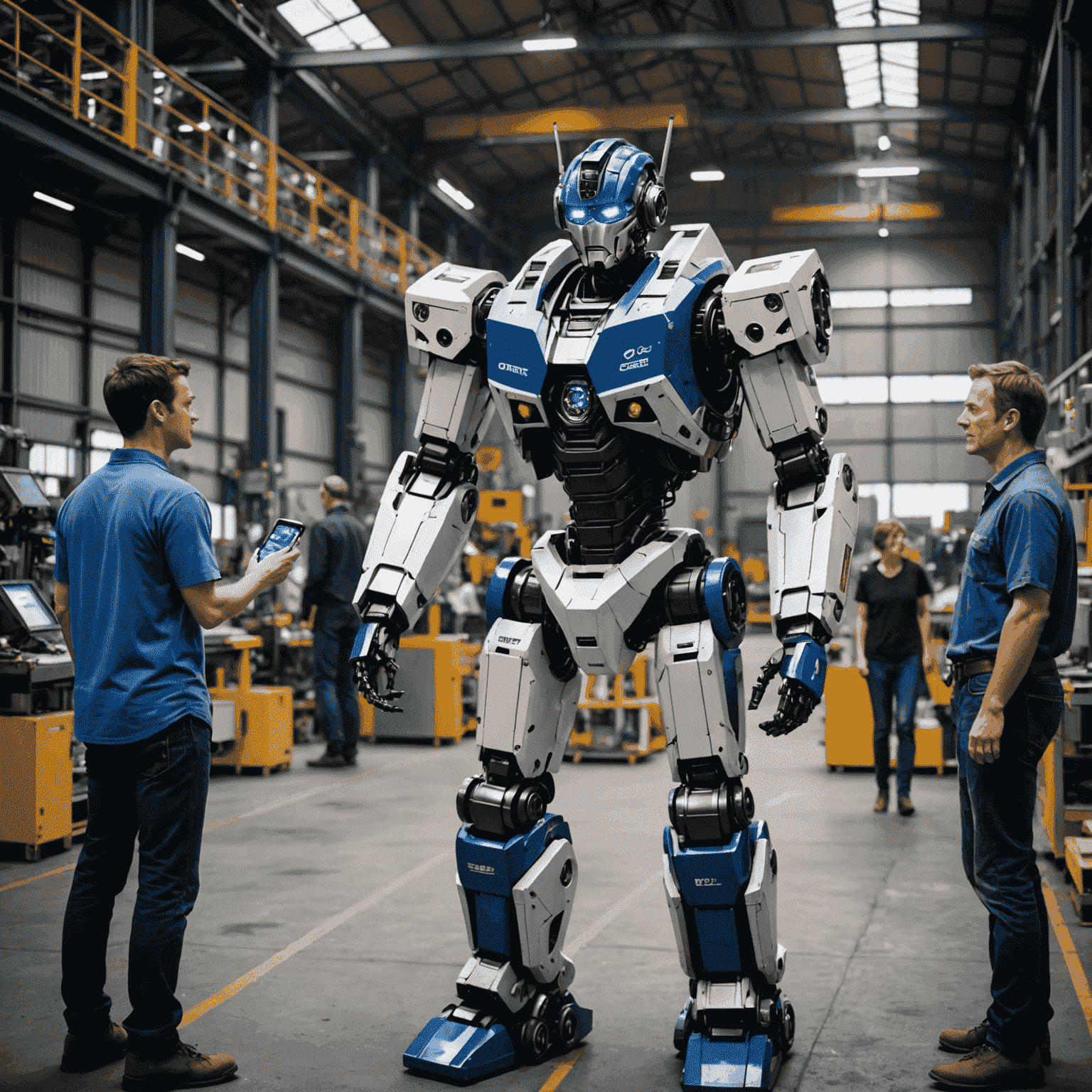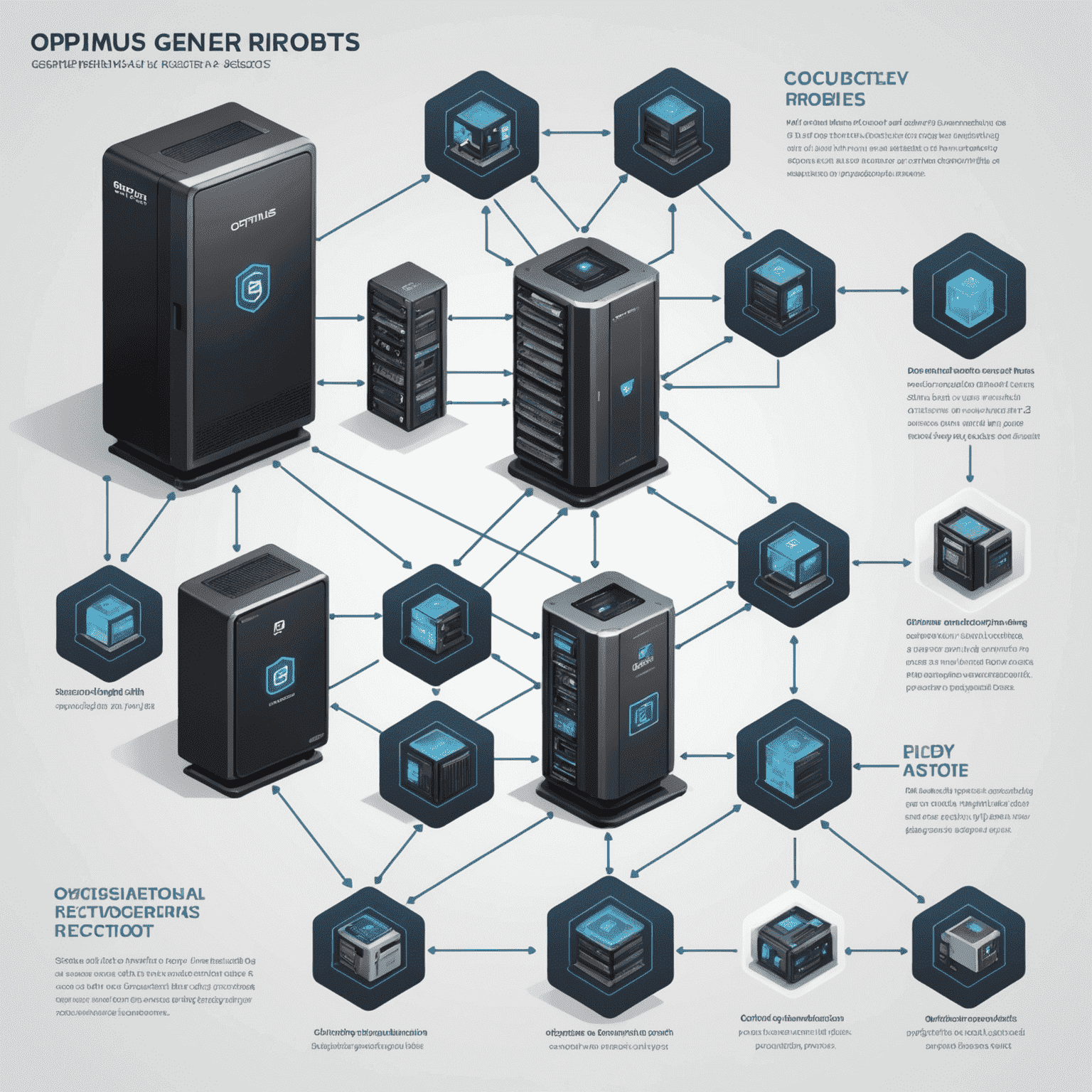Ethical Considerations of Optimus Gen 2

As we stand on the brink of widespread Optimus Gen 2 adoption, it's crucial to examine the societal impact and ethical implications of these advanced humanoid robots. The integration of such sophisticated machines into our daily lives brings forth a myriad of questions and concerns that we must address.
Labor Market Disruption
One of the primary ethical considerations is the potential displacement of human workers. Optimus Gen 2 robots are designed to perform a wide range of tasks with unprecedented efficiency. While this promises increased productivity, it also raises concerns about job losses across various sectors. How do we balance technological progress with the need to maintain employment opportunities for humans?
Privacy and Data Security
Optimus Gen 2 robots are equipped with advanced sensors and AI capabilities, allowing them to collect and process vast amounts of data. This raises significant privacy concerns. How do we ensure that the information gathered by these robots is not misused? What safeguards need to be in place to protect individual privacy rights in a world where humanoid robots are omnipresent?

Human-Robot Relationships
As Optimus Gen 2 robots become more sophisticated in their ability to interact with humans, we must consider the psychological and social implications of these relationships. How will prolonged interaction with humanoid robots affect human behavior and social skills? There's a need to establish ethical guidelines for robot-human interactions to prevent potential negative impacts on human social development.
Autonomy and Decision Making
The advanced AI in Optimus Gen 2 allows for a high degree of autonomous decision-making. This raises questions about accountability and ethics. Who is responsible when a robot makes a decision that results in harm? How do we ensure that the ethical frameworks programmed into these robots align with human values and moral standards?
Economic Inequality
The adoption of Optimus Gen 2 robots could potentially exacerbate economic inequality. Those who can afford to invest in this technology may gain significant advantages, while others fall behind. How can we ensure that the benefits of this technological advancement are distributed equitably across society?

Environmental Impact
While robots like Optimus Gen 2 can potentially help in environmental conservation efforts, we must also consider their ecological footprint. The production, operation, and eventual disposal of these robots could have significant environmental implications. How do we ensure that the widespread adoption of humanoid robots aligns with our goals for sustainability and environmental protection?
Conclusion
The advent of Optimus Gen 2 represents a significant leap in humanoid robotics, promising to revolutionize various aspects of our lives. However, as we embrace this technology, it's imperative that we carefully consider and address the ethical implications. By fostering open dialogue, establishing robust regulatory frameworks, and prioritizing human values, we can work towards a future where Optimus Gen 2 robots enhance our society while mitigating potential risks and ethical concerns.